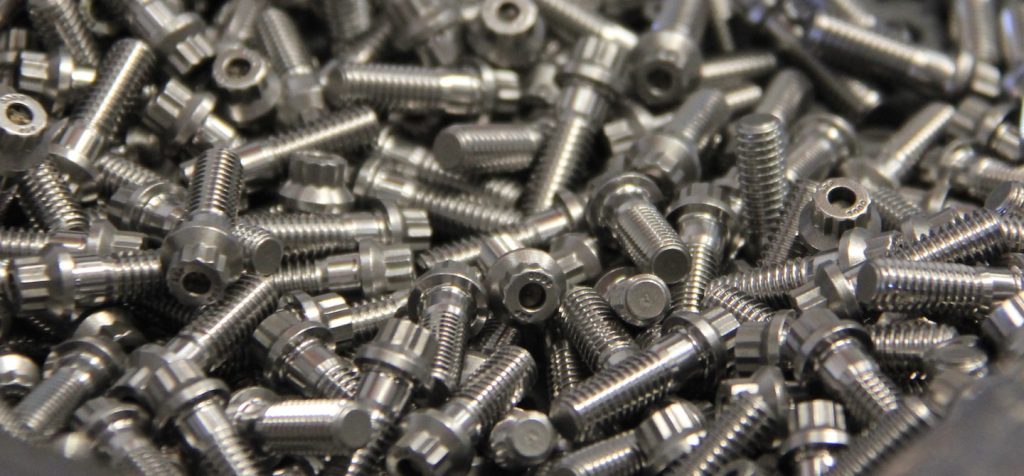The history of bolt development is a fascinating journey through innovation, engineering, and design. Bolts have evolved significantly over the centuries as essential components of mechanical fastening systems. This evolution reflects changes in materials and manufacturing processes and the advancing needs of societies and industries. Read on to explore the critical milestones in the timeline of bolt development, tracing how these humble fasteners, such as screws and bolts, have helped shape the world.
The Ancient Beginnings
The story of bolts begins in ancient times. The earliest ones were wooden dowels used by the Egyptians and other ancient civilizations to build furniture and secure architectural structures. However, the true precursor to the modern ones, made from metal and featuring a threaded shaft, would only appear much later.
The Birth of Threaded Fasteners
The first significant leap in bolt development occurred in the 15th century with Leonardo da Vinci’s introduction of the screw-cutting lathe. This innovation made it possible to produce threaded fastening bolts with much greater precision than before. Despite this, their widespread manufacturing remained a challenge due to the need for more standardization in threads.
The Industrial Revolution: Standardization and Mass Production
The 18th and 19th centuries Industrial Revolution was a turning point for bolt development. The demand for more machines and infrastructure necessitated large quantities of standardized fasteners. In 1760, Jesse Ramsden invented the screw-cutting lathe, significantly improving the efficiency of producing threaded fasteners. However, Joseph Whitworth’s introduction of the Whitworth thread system in 1841 truly revolutionized manufacturing. The Whitworth system provided the first standardized thread specifications, which facilitated the mass production of screws and nuts.
The 20th Century: Materials and Coatings
The 20th century saw innovations in materials and coatings that significantly enhanced bolts’ performance. With the advent of stronger materials like alloy steels, they could be used in more demanding applications, such as aerospace and automotive manufacturing. Additionally, the development of corrosion-resistant coatings, such as zinc plating and hot-dip galvanization, extended their lives and reduced maintenance requirements.
Recent Advances: High-Tech Fastening Solutions
In recent decades, the evolution of this technology has accelerated, driven by advances in engineering and materials science. High-strength, lightweight materials like titanium and carbon fiber are now used in specialized applications, offering exceptional strength-to-weight ratios. Moreover, integrating intelligent technology into fasteners, with features like tension indicators and embedded sensors, is paving the way for more intelligent and efficient assembly systems.
The Future of Bolting
The future of bolt development promises even more sophisticated and sustainable fastening screws. Advancements in manufacturing techniques, like 3D printing, are unlocking unprecedented opportunities for the creation of bespoke and intricate designs. Meanwhile, the push towards greener technologies is likely to result in the development of eco-friendly materials and recycling methods for fasteners.
Evolution of Manufacturing Techniques
The journey of manufacturing techniques has been marked by continuous innovation, significantly impacting its production’s efficiency, reliability, and cost-effectiveness. From manual methods to using the screw-cutting lathe in the 18th century, each step forward has mirrored advancements in industrial technology. The 20th century introduced automated machining and computer numerical control (CNC) systems, revolutionizing mass production with unprecedented precision and speed.
The Impact of Global Standards on Bolt Usage
The harmonization of bolt standards across the globe has played a pivotal role in shaping industries, manufacturing processes, and international trade. Prior to the establishment of global standards, each country or region developed its own specifications for thread sizes, dimensions, and strength grades of fasteners. This lack of standardization created significant barriers to trade and complicated the design process for products intended for international markets.
Conclusion
The evolution of screws and bolts, tracing a path from simple ancient wooden dowels to today’s sophisticated smart fasteners, showcases the brilliance of human creativity and unyielding drive for advancement. As one continues to push the boundaries of engineering and materials science, they will undoubtedly play a critical role in shaping the future of manufacturing, construction, and beyond.

